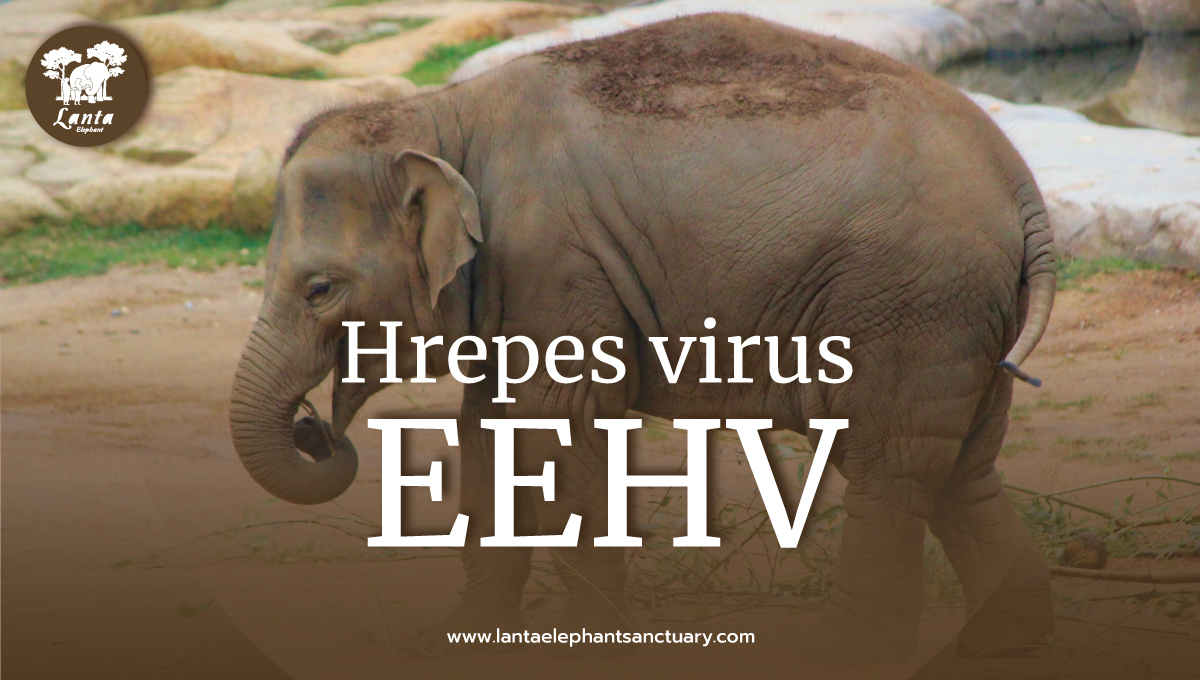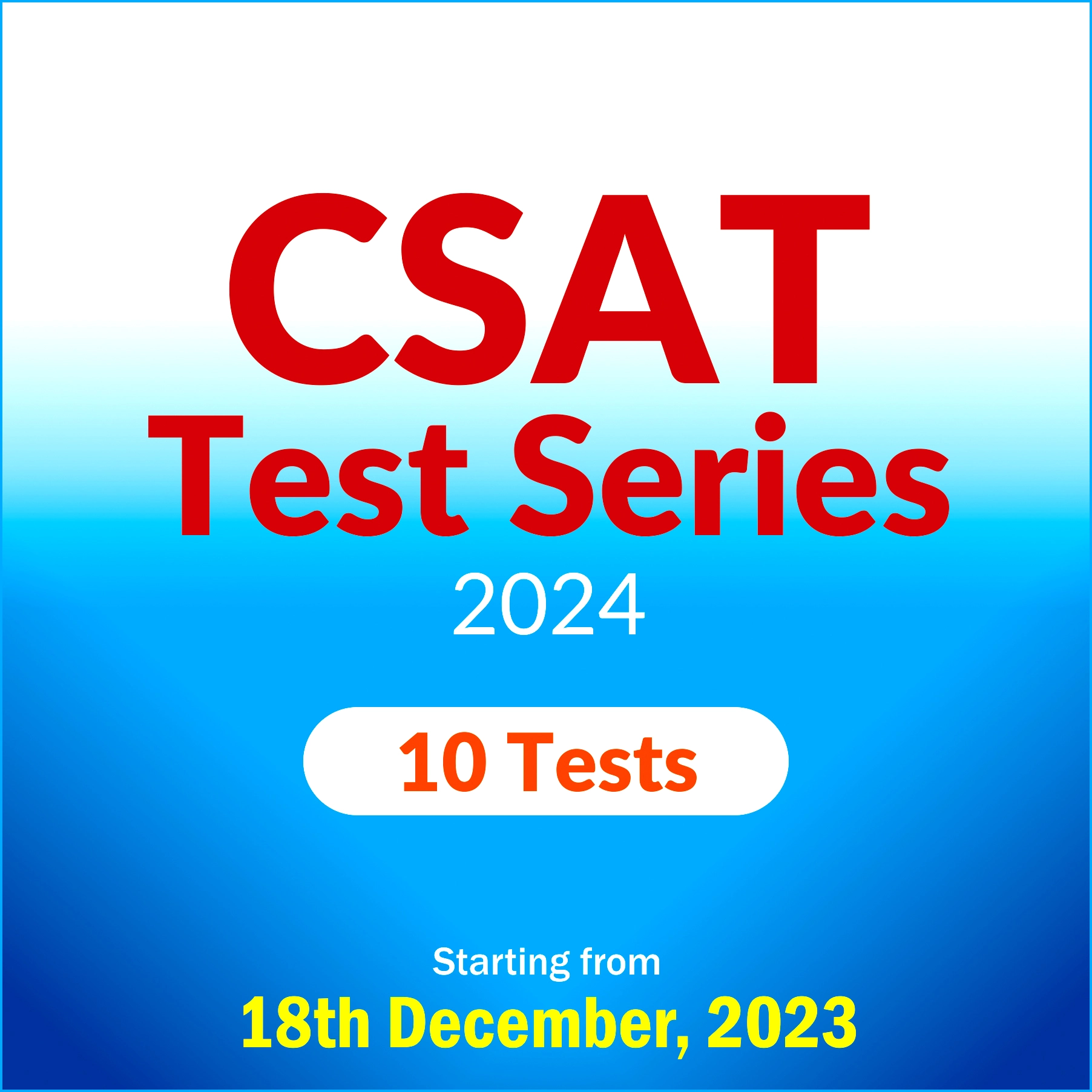Description

Copyright infringement not intended
Picture Courtesy: lantaelephantsanctuary.com
Context: The Haemorrhagic disease (HD) affecting the Asian elephant population, caused by the elephant endotheliotropic herpesvirus (EEHV), has raised concerns due to increased mortality among elephant calves in both captive and free-range environments in India.
Details
- A study conducted by the ICAR-Indian Veterinary Research Institute (ICAR-IVRI) to investigate haemorrhagic disease (HD) among the Asian elephant population in India.
- The study aimed to understand the circulation of the elephant endotheliotropic herpesvirus (EEHV) subtypes, which are believed to be responsible for the rise in the disease.
Background and Concerns
- The study is prompted by an increased mortality of elephant calves due to haemorrhagic disease, observed both in captivity and free-ranging elephants in India.
- Asian elephants are considered national heritage animals in India, constituting 55% of the total world elephant population.
- The declining population is attributed to the increasing outbreaks of EEHV-HD, making it imperative to protect these elephants from the lethal disease.
Research Conducted
- The ICAR-IVRI study characterized the genome of the virus circulating among Indian elephants and traced the molecular mechanism of endothelial cell dysfunction associated with the disease.
- The findings are published in the journal Microbial Pathogenesis.
- The research is part of a holistic approach to creating point-of-care diagnostics to confirm the lethal virus at the pre-clinical stage.
Importance of Research
- Understanding the path-epidemiology of the disease is crucial for developing sero-diagnostics, vaccines, and therapeutics.
- The study aims to contribute to the scientific knowledge regarding EEHV and its subtypes, particularly in the context of the Asian elephant population in India.
- Information gathered from the project's research has facilitated the creation of Standard Operating Procedures (SOPs) for handling disease information among mahouts and elephant conservationists.

Elephant Endotheliotropic Herpesvirus (EEHV) and EEHV Hemorrhagic Disease (EEHV-HD)
- EEHV belongs to the Herpesviridae family and specifically affects elephants.
- It comprises several subtypes, with EEHV1A being the most common and associated with severe disease in young Asian elephants. EEHV1B and EEHV2 are also identified but with varying prevalence and impact.
- Each subtype may exhibit genetic diversity, contributing to differences in virulence and disease manifestation. Understanding these variations is crucial for developing effective control measures.
Transmission Dynamics
- EEHV spreads primarily through contact with infected bodily fluids like saliva, blood, or urine. Additionally, indirect transmission via contaminated objects, including equipment and surfaces, poses a risk.
- Infected elephants can shed the virus intermittently, even when not displaying clinical symptoms, making detection and prevention challenging.
Clinical Presentation and Diagnosis
- Clinical signs of EEHV-HD can vary widely, ranging from subtle indications like loss of appetite and lethargy to more severe symptoms such as trunk swelling, petechial haemorrhages, hematomas, and internal bleeding.
- Diagnosis involves various methods, including PCR testing to detect the virus in bodily fluids, serology to identify antibodies, and biopsies for microscopic examination. Rapid and accurate diagnosis remains critical for timely intervention.
Treatment and Management
- Presently, there's no specific antiviral treatment for EEHV-HD. Supportive care through intravenous fluids, blood transfusions, and other measures aims to alleviate symptoms and enhance survival chances.
- Prompt veterinary intervention upon recognizing symptoms is essential to provide immediate care and support to affected elephants.
Preventive Strategies
- Isolation and quarantine measures for new elephants, along with stringent biosecurity protocols, can prevent the introduction and spread of EEHV within elephant populations.
- Researchers are actively exploring vaccine candidates to protect elephants from EEHV. Vaccination could potentially mitigate the severity and incidence of the disease.
|
EEHV poses a significant threat to elephant populations, particularly young Asian elephants, and combating this disease requires a multifaceted approach. It involves comprehensive research, diagnostics, vigilant monitoring, preventive measures, and collaborative efforts within the global scientific and conservation communities to safeguard these majestic creatures from the devastating impact of EEHV-HD.
|

Conclusion
- The research has significant implications for the conservation of Asian elephants in India, providing insights into the specific strains of EEHV circulating in the population. The work contributes not only to understanding the disease's biology but also to the development of practical tools such as diagnostic kits and vaccines. Additionally, the creation of SOPs suggests a broader impact on the management and conservation practices related to elephant health.
Must Read:
Project Elephant: https://www.iasgyan.in/daily-current-affairs/project-elephant
|
PRACTICE QUESTION
Q. What are the key challenges and opportunities in the conservation of biodiversity in India, and how can stakeholders collaborate to strike a balance between economic development and preserving the rich ecological heritage of the country?
|
















